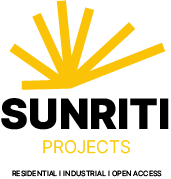
Operational Expenditure (Opex) Model
In the Operation Expenses (OPEX) Model, the customer is responsible only for covering the operating expenses, while the entire investment associated with installing and operating the solar plant is managed by SUNRITI PROJECTS. This approach is commonly referred to as the RESCO Model (Renewable Energy Service Company) or the BOOT Model (Build, Own, Operate, Transfer).
In this CAPEX model, the customer retains ownership of the plant and is eligible for tax benefits related to depreciation. The payback period for this CAPEX model typically spans around 5 to 6 years, factoring in considerations like module degradation, operation and maintenance costs, and more.
